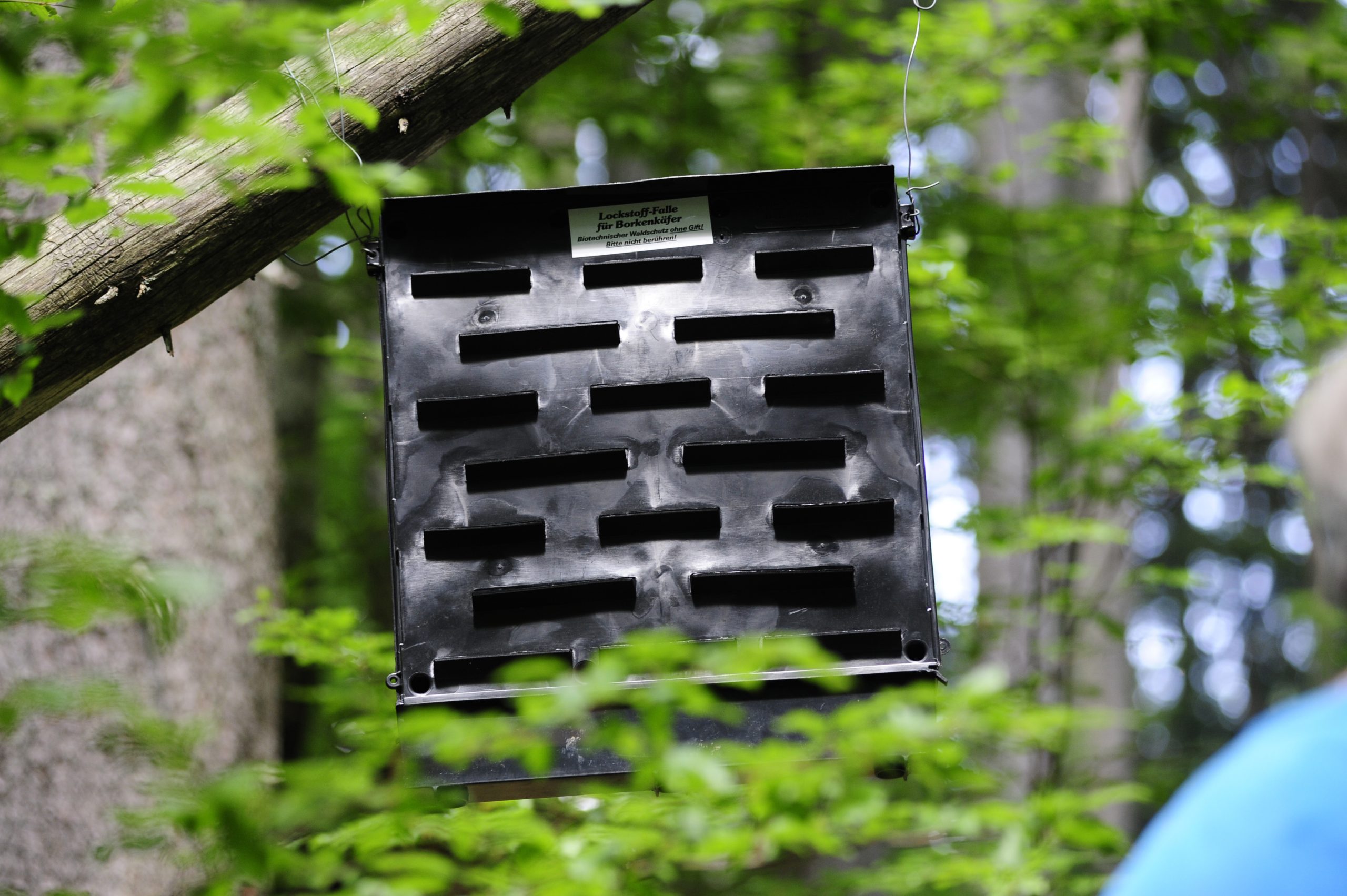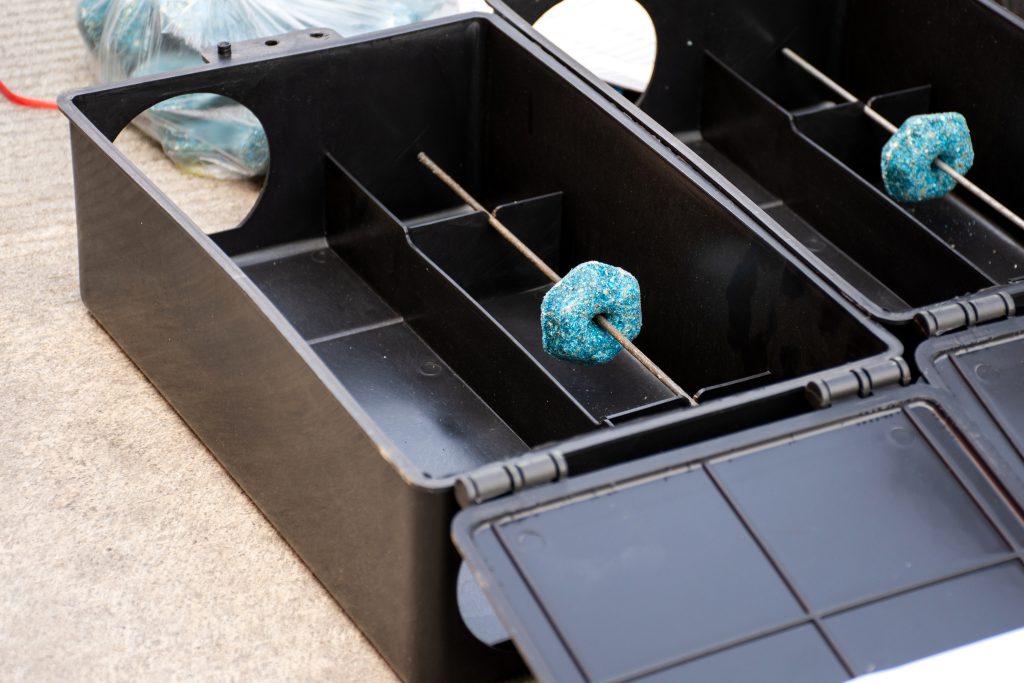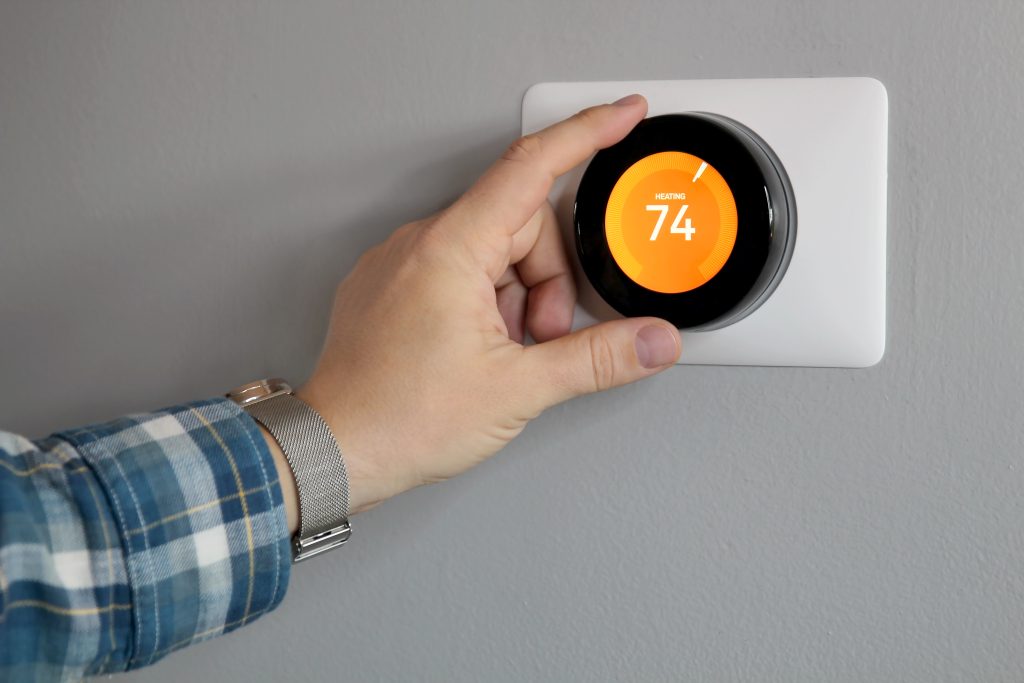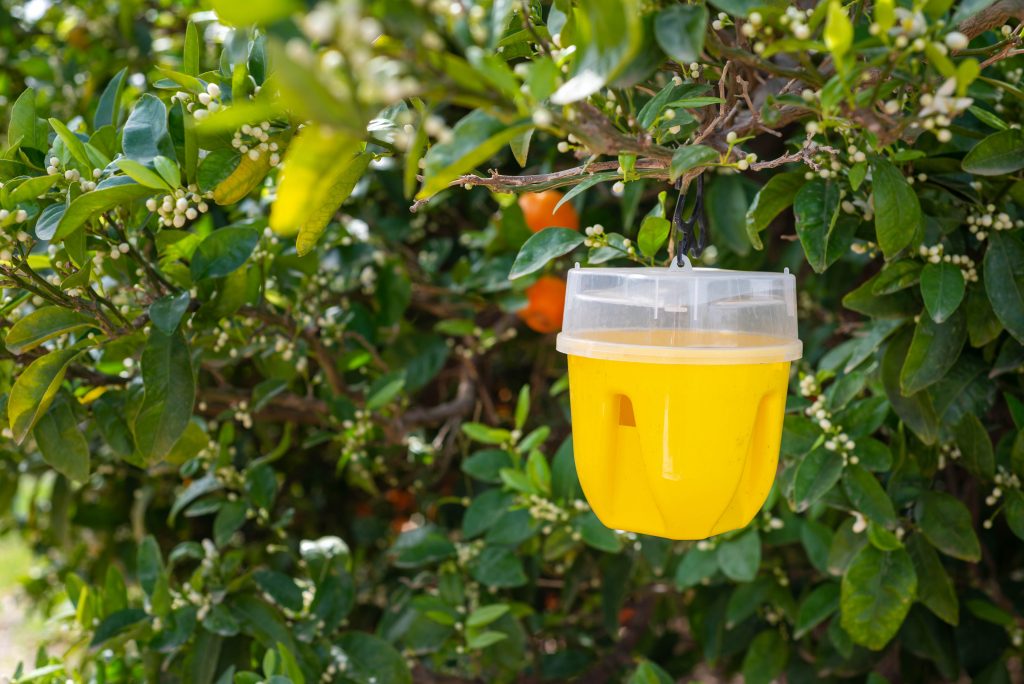5 Smart Targeted Pest Solutions to Try Now

Are you tired of uninvited creepy crawlies making themselves at home? It’s time to sharpen your pest control strategy with some smart solutions that target the critters with precision and finesse.
Gone are the days of blanket spraying every corner with chemicals. Targeted pest control hits the bullseye, avoiding biohazard zones. Understanding pest behaviors leads to efficient, eco-friendly solutions. It’s like being a pest detective, finding strategic interventions.
1. Bait Stations Explained

Bait stations are the Trojan Horses of the pest control world. They’re discreet, effective, and downright sneaky. Essentially, these are containers with bait that attract pests like ants or rodents. The critters enter, chow down, and carry the bait back to their nests, sharing the lethal treat with their buddies.
It’s a ripple effect that can decimate a colony without broadcasting poison across your living space. I once watched an ant trail disappear overnight thanks to a well-placed bait station—talk about satisfaction!
Hey hey! Don’t forget to subscribe to get our best content 🙂
2. Insect Growth Regulators
Think of Insect Growth Regulators (IGRs) as the birth control of the insect world. They work by interfering with the life cycle of pests, preventing them from reaching maturity or reproducing. IGRs are a game-changer because they target the problem at its source—the next generation of pests.
You won’t see instant results, but patience pays off as you witness a gradual decline in the population. Plus, they’re specific to insects, so your furry friends are safe from harm.
3. Biological Control Agents

Mother Nature’s got her pest control squad, and it’s time we enlisted her help. Biological control agents are natural predators, parasites, or pathogens that can be introduced to control pest populations. Ladybugs, for instance, are the natural nemesis of aphids.
I’ve personally released these spotted warriors in my garden and watched them go to town on an aphid buffet. It’s a clear win-win: pests get controlled, and the ecosystem gets a boost.
4. Heat Treatment Techniques

When it comes to bed bugs, heat is a nightmare for them but a dream comes true for us. Heat treatment involves raising the temperature in your home to a level that’s lethal to bed bugs but safe for your belongings.
It’s like turning your home into a sauna that sends the bugs packing—or, more accurately, dying. No chemicals, no residue, just good old-fashioned heat. And the best part? It reaches the nooks and crannies that sprays never could.
5. Pheromone Traps Unveiled

Pheromone traps are the secret agents of the pest control world. These clever devices use synthetic versions of the chemicals insects produce to communicate, luring them in like a siren’s song.
They’re especially useful for monitoring and controlling populations of pests like moths and beetles. I love setting these up in my pantry and watching the magic happen—no more flour moths trying to bake along with me!
Implementing Integrated Pest Management
Integrated Pest Management (IPM) is like a finely-tuned orchestra, with each pest control method playing its part in harmony. It’s about using a combination of targeted strategies to manage pests in the most effective, economical, and environmentally sensitive way.
IPM isn’t a one-size-fits-all; it’s tailored to your specific situation, considering the pest, environment, and people involved. It’s smart, it’s strategic, and it’s sustainable.
Safety Considerations and Tips
Safety first, folks! Even with targeted solutions, it’s crucial to read labels, follow instructions, and use the right amount of product. Protective gear isn’t just a fashion statement—it’s a necessity when handling any pest control materials.
And remember, just because a product is natural doesn’t mean it’s harmless. Always consider the well-being of children, pets, and beneficial insects when implementing pest control measures.
Monitoring and Adjusting Strategies
Pest control is not a set-it-and-forget-it deal. Regular monitoring is key to catching any new arrivals or resurgence of pests. And don’t be afraid to switch things up if something isn’t working. Sometimes pests get wise to our tricks, and we need to stay one step ahead. Keep a log of what you’ve tried and how well it worked. It’s like keeping a scorecard in this game of human vs. pest.
Conclusion: Sustainable Pest Solutions
Adopting targeted pest control strategies is not just smart—it’s responsible. We’re part of a larger ecosystem, and our actions have ripples. By choosing methods that are precise and considerate of our environment, we can keep our homes pest-free and our consciences clear. Remember, the goal is to outsmart the pests, not outgun them.
So there you have it—five smart, targeted pest solutions that are as clever as they are effective. Give these strategies a try and join the ranks of savvy homeowners who know that when it comes to pests, it’s all about quality hits, not quantity.






